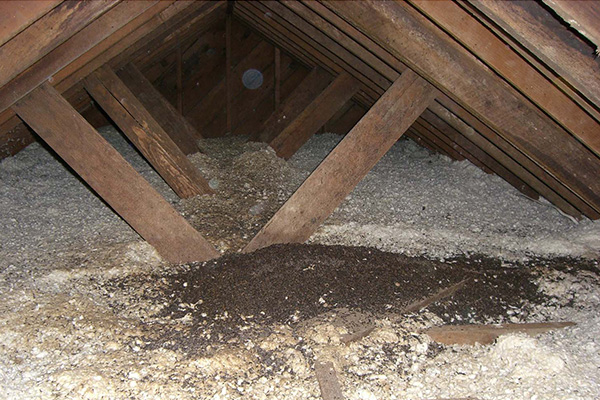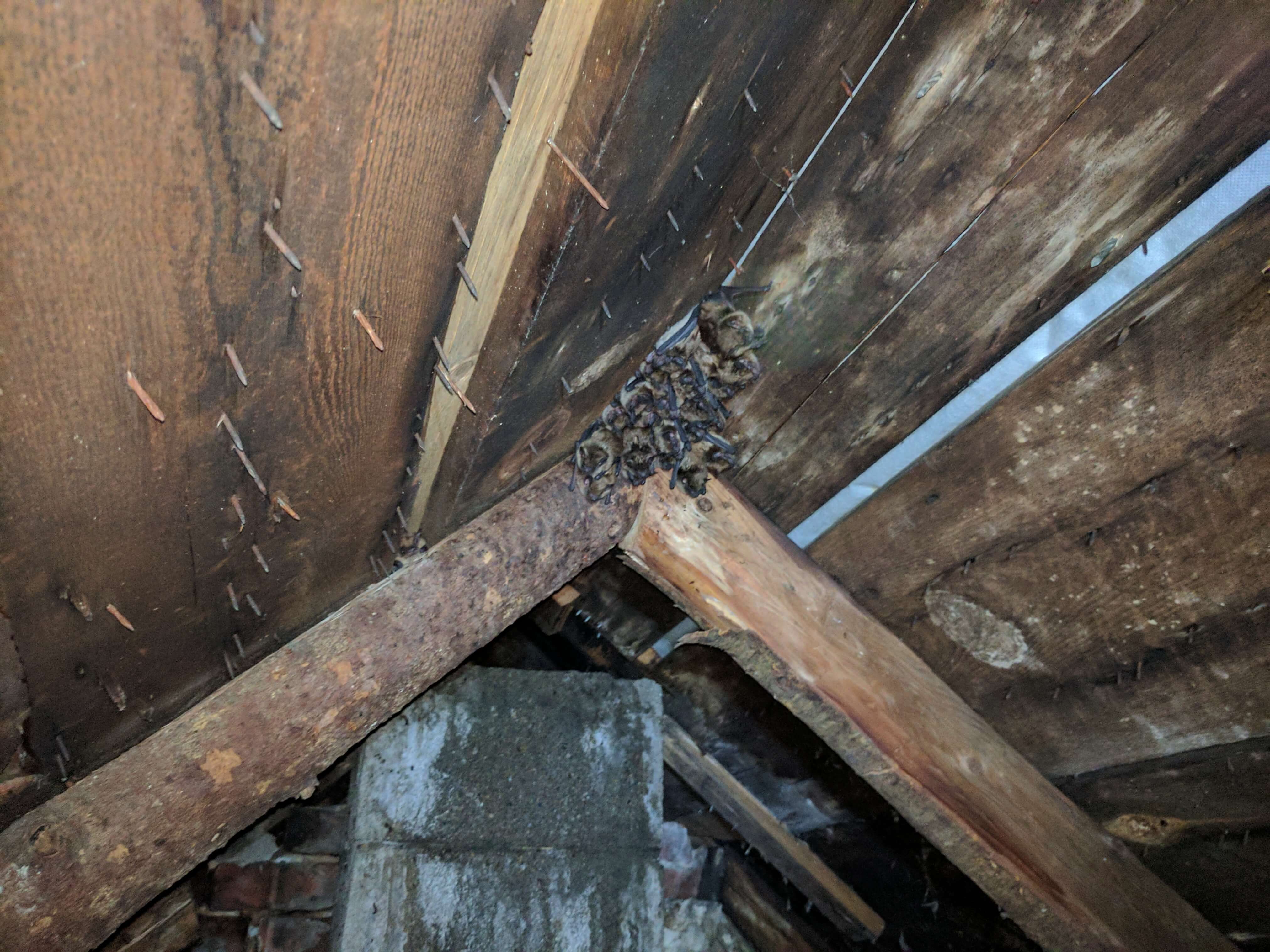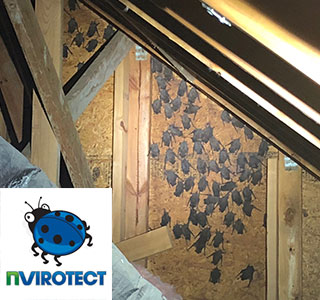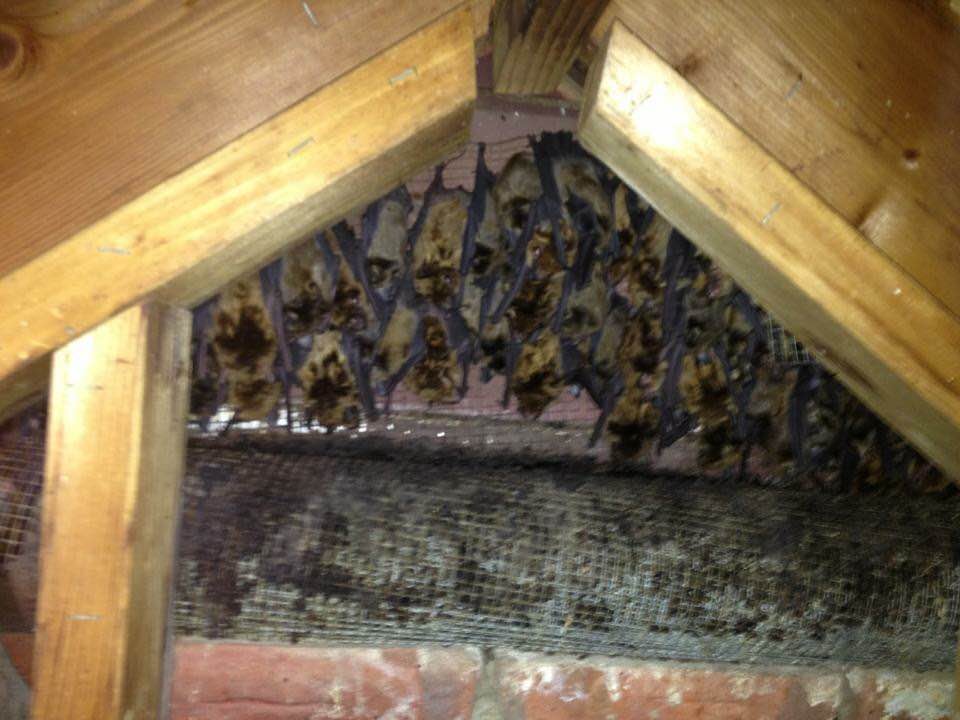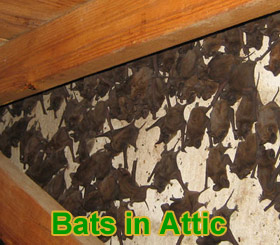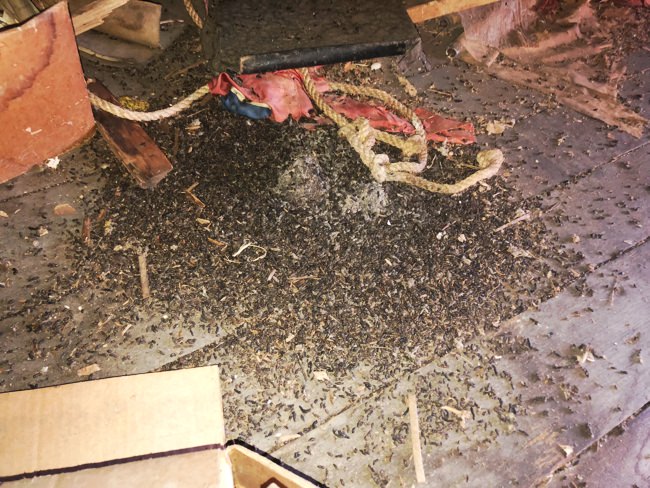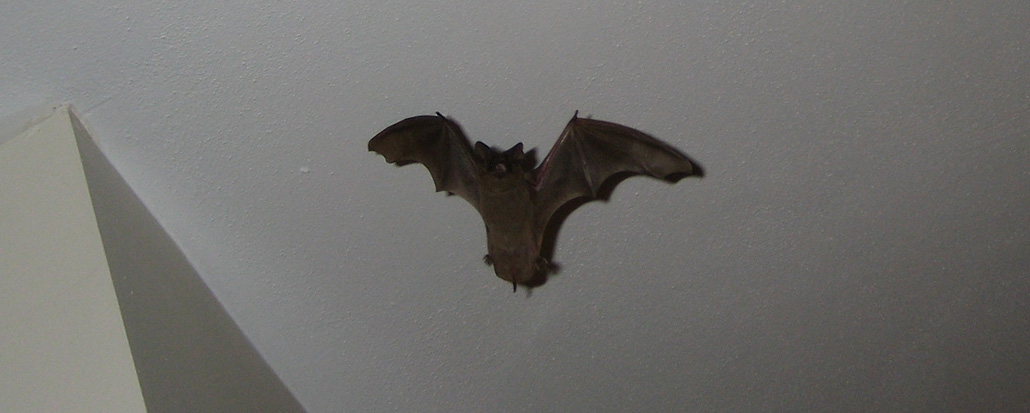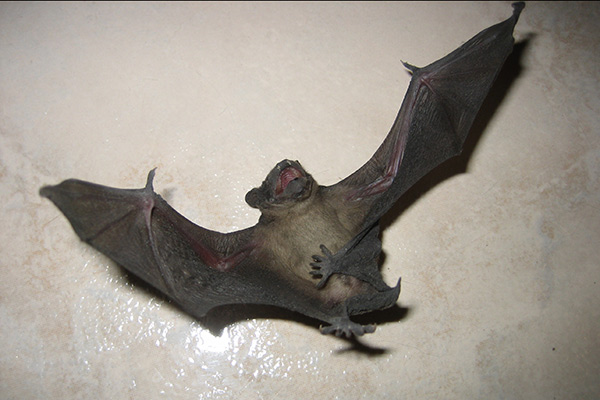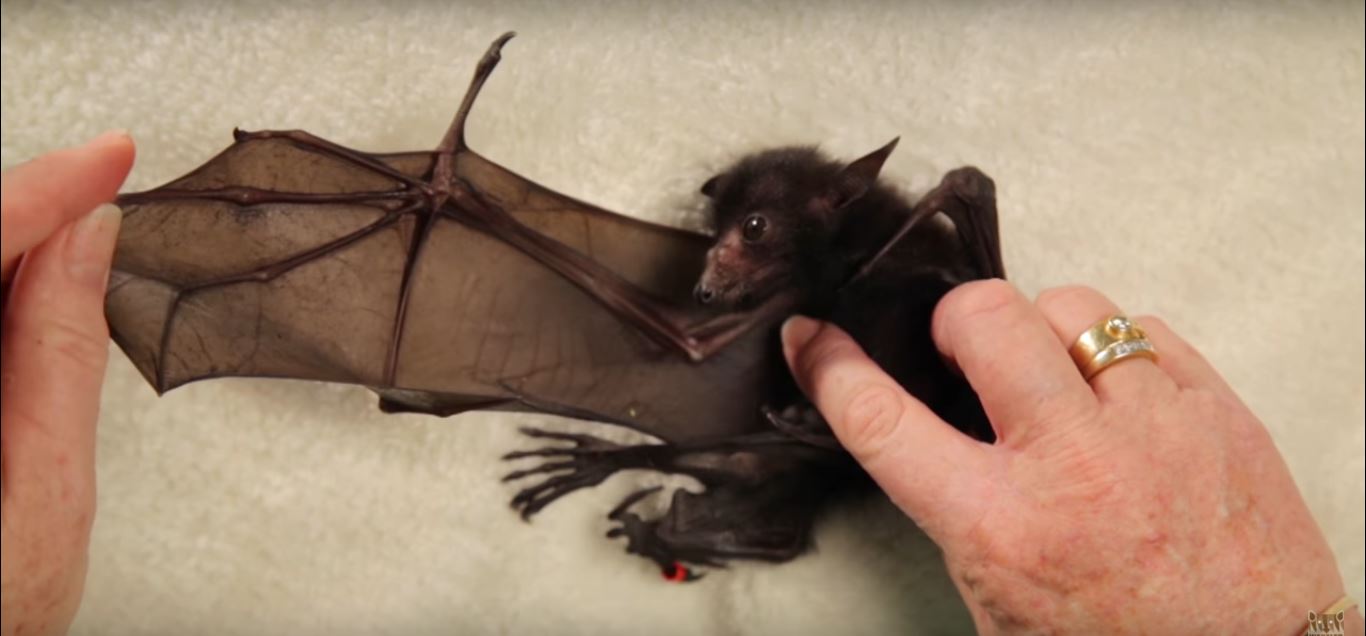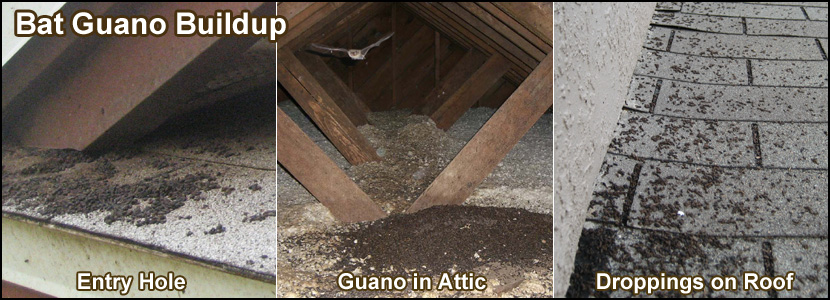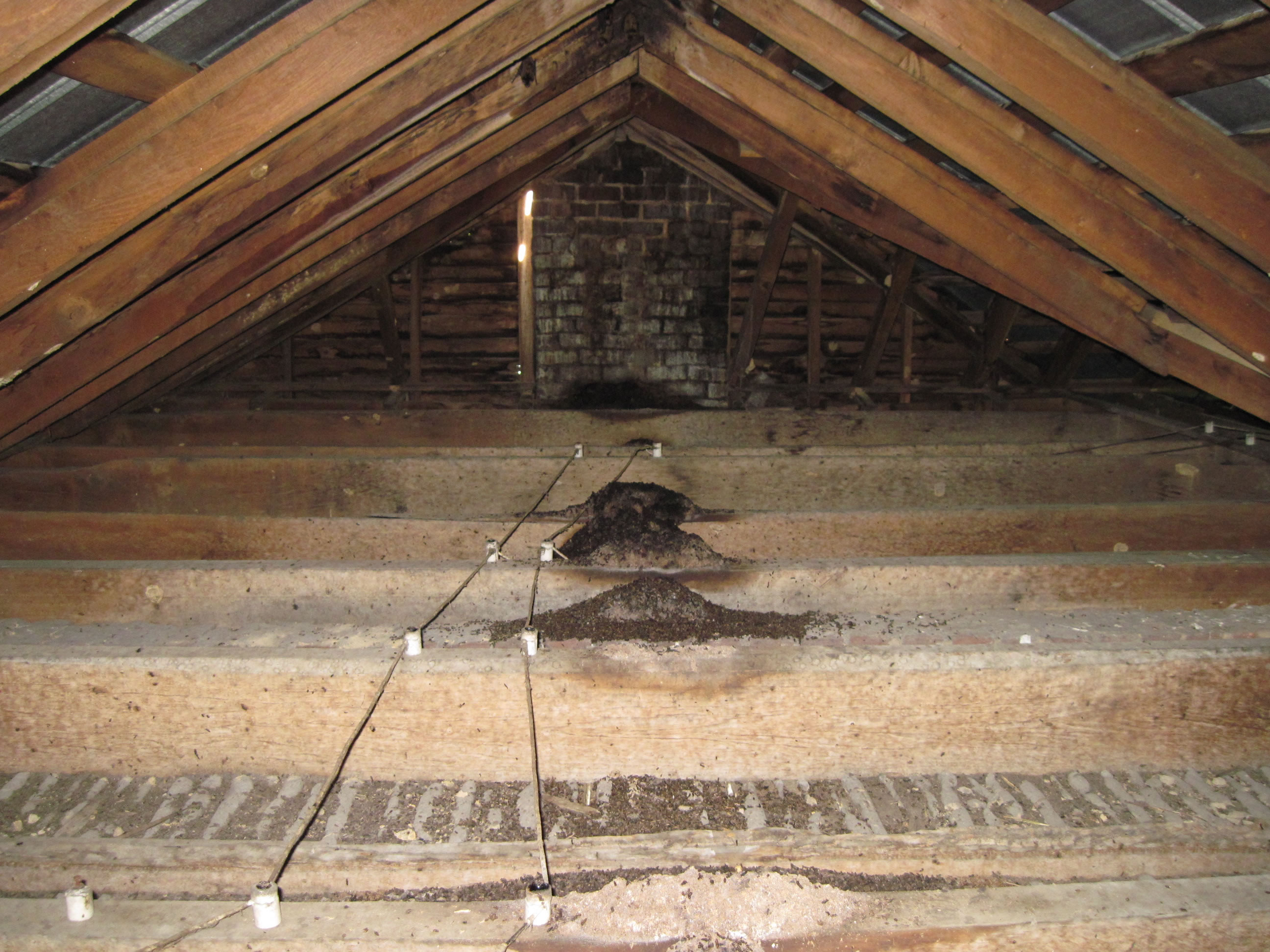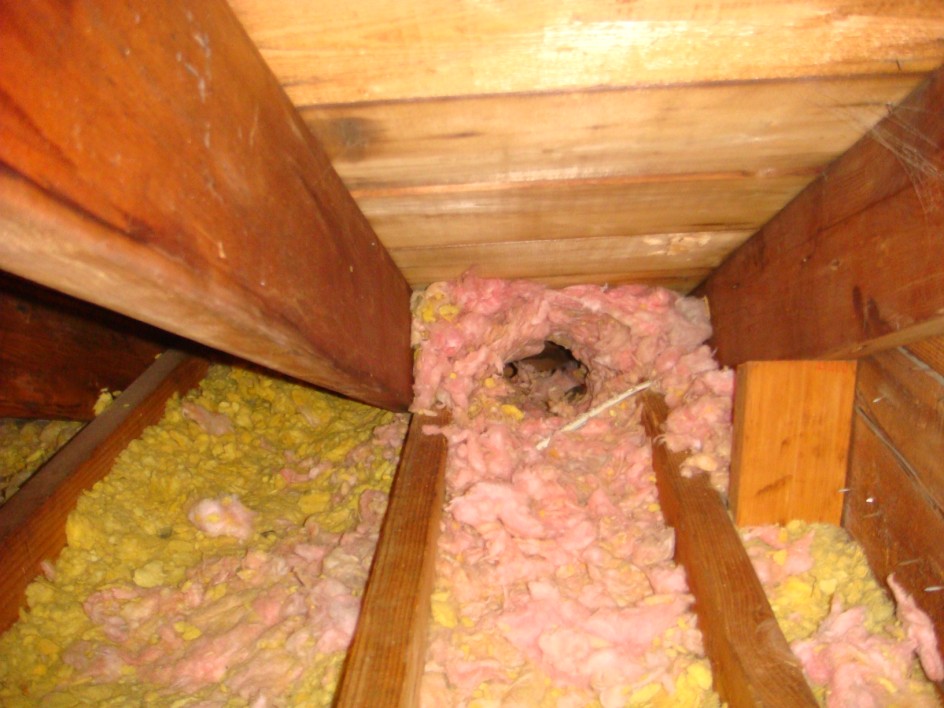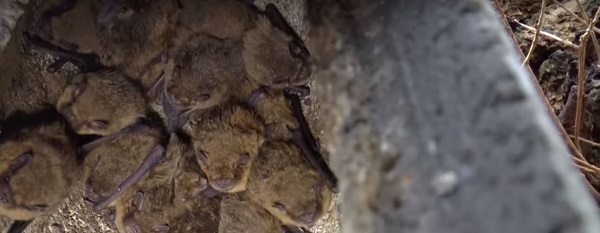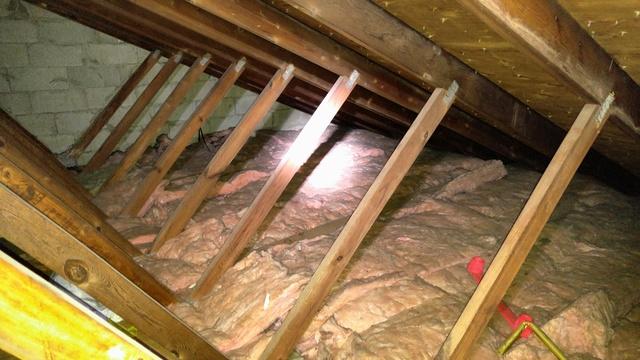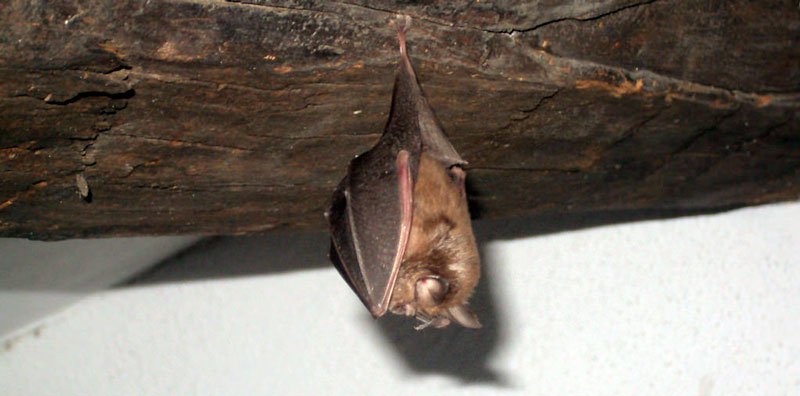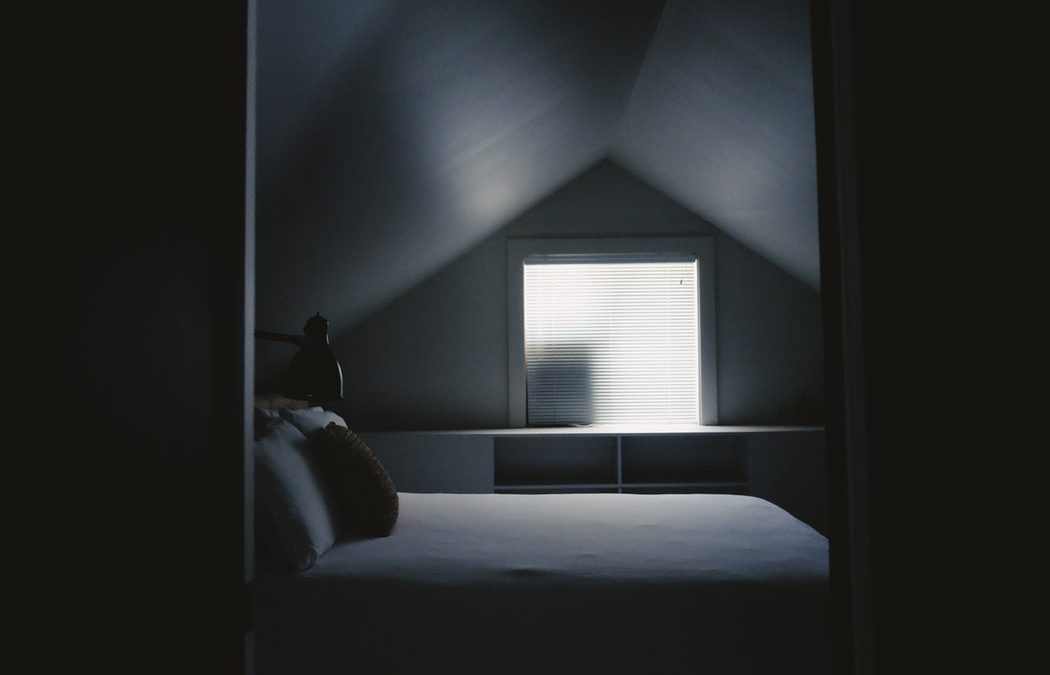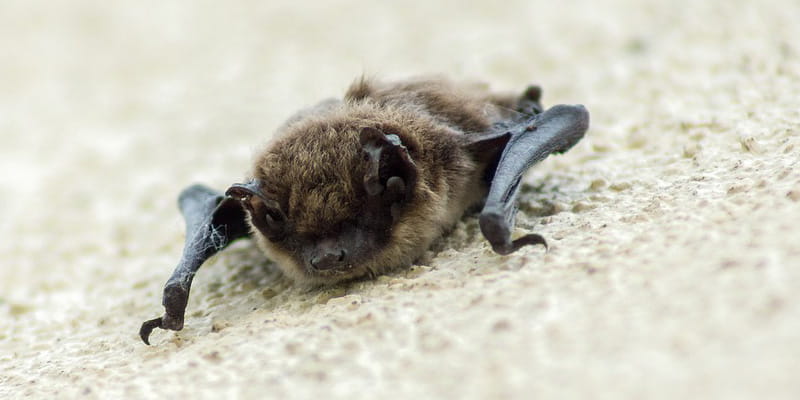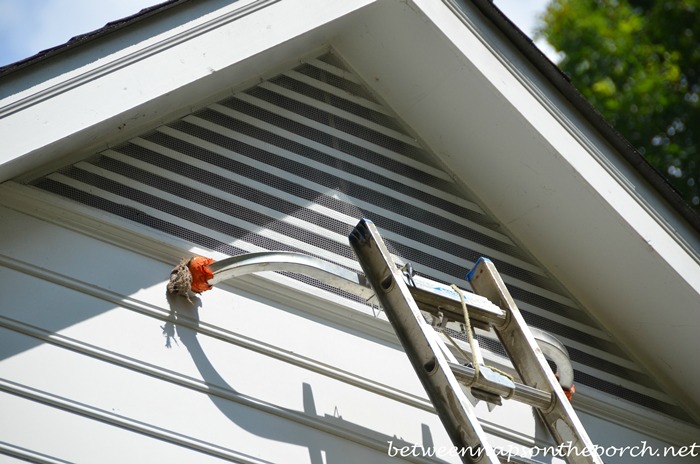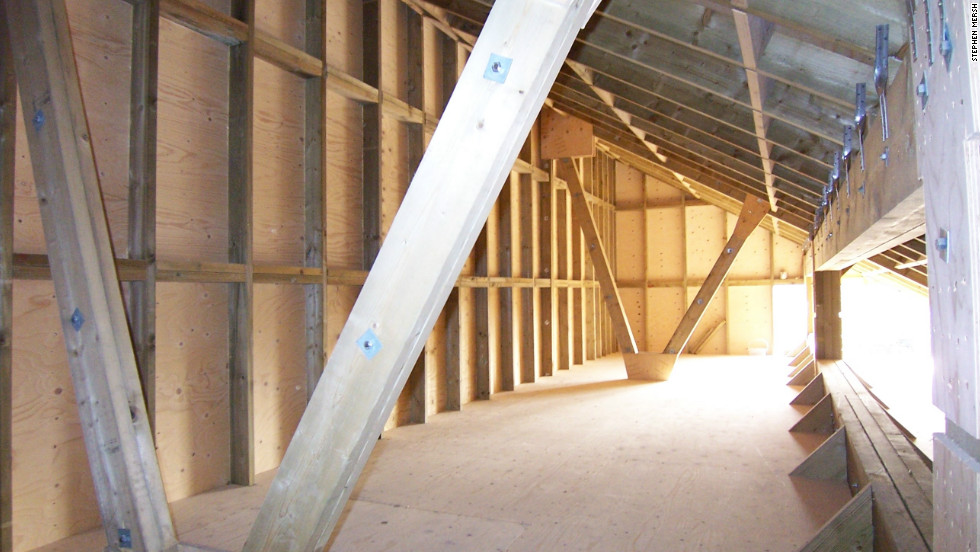Bat Nests In Attics

How do you get bats out of the attic.
Bat nests in attics. Moth balls ultrasonic sound ammonia bright lights or strobe lights sealing off the attic traps. Here are tips about bats in the attic. A fully infested bat attic is one of the biggest and most challenging problems in the field of problem wildlife removal. In addition drill a series of small holes just beneath the top to allow some ventilation.
You hear sounds in your attic. Bat nest in attic nest of baby bats. Type time of noise. It warms up quickly in the morning then doesn t get too hot during the day.
Live trapping them is also an option. It s actually used as fertilizer because it s rich in phosphorous and nitrogen but it isn t something you want to accumulate inside your home. Bats don t really have a nest. That s the reason bats enter the attic.
Your attic has a strong pungent odour. Some of the common try it yourself methods you ll find on the internet are. Unfortunately keeping the mother bat from her young in summer would mean the young would soon die. You see bats flying to and from your home.
They do not want to be in your home but are simply reacting to cool air currents on instinct. Bats are nocturnal but they are pretty quiet in small numbers and most people don t notice any. They cluster in the attic and the mother knows where to find her own. You see bat guano bat droppings around your home.
Bat guano appears slightly larger in size as compared to mouse droppings. So having a southeastern exposure is ideal. Bat guano looks like tiny elongated black pellets. Bats prefer dark secluded areas where they are protected from predators and bad weather.
Yes if you have a bat infestation or even just what you think are a few bats in your attic there are young. They can be found throughout attics soffits and walls where bats roost as well as on exterior walls and on roofs where bat enter. You see a bat in your home. Getting them to leave and not allowing them back in.
The best tool is education. There are special one way bat valves and netting systems that can do just that. Each female bat gives birth to just one baby. Bats routinely nest in attics in other words hot spaces.
Bats leave droppings behind everywhere they go. The cool air from your home can escape into the attic through very small cracks and holes and the bats simply follow the currents to the source accidentally ending up in your living area. You see oily streaks around certain parts of your home. They can enter a house through a hole as small as 5 8 inch often near chimney flashing and under eaves.
Control of bats roosting in attics or voids in buildings means exclusion. Below is a summary of the signs your attic is infested with bats with a detailed explanation to follow.

